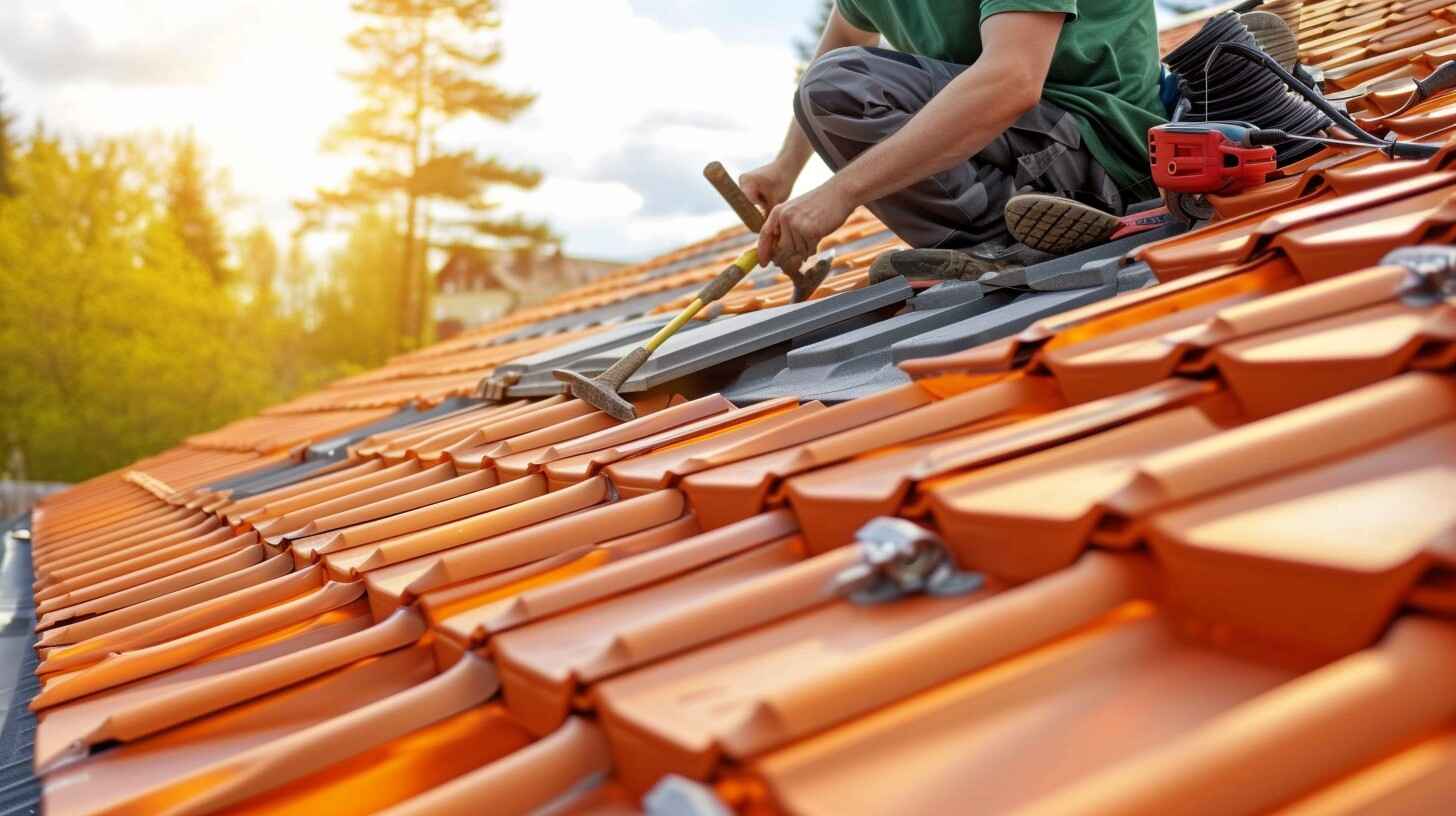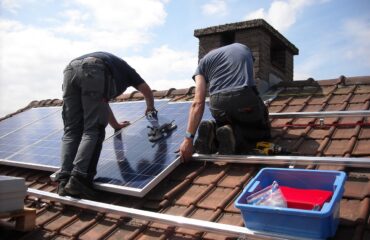Timely action is vital for emergency roof repairs to prevent water damage, maintain building integrity, and guarantee safety. Weather events, lack of maintenance, and age-related wear can prompt emergencies. The steps include evaluating damage, contacting a professional roof repair team, and avoiding DIY fixes. Prevent future issues by maintaining your roof, clearing debris, and ensuring proper ventilation. Starting promptly reduces risks and costs, safeguarding your property and occupants.
Importance of Prompt Action
When faced with emergency roof repairs, timely action is vital to prevent further damage and costly repairs. Ignoring or delaying necessary maintenance can lead to extensive water damage, structural issues, and even safety hazards. It is crucial to address roof issues promptly to maintain the integrity of the building and ensure the safety of its occupants.
Timely intervention can help mitigate the extent of damage caused by leaks, storms, or other unforeseen events. Property owners can promptly address roof problems and prevent water infiltration, mold growth, and deterioration of roofing materials. This proactive approach not only safeguards the structural stability of the building but also helps avoid the need for more extensive and expensive repairs in the future.
Quick action is critical in emergencies. Contacting a professional roofing contractor as soon as an issue arises can significantly improve the outcome of the repair process. Prompt assessment and repair of roof damage can save time and money and prevent further complications.
Common Reasons for Emergency Repairs
One of the primary triggers for emergency roof repairs is the occurrence of severe weather events. Storms, heavy rain, hail, snow, and strong winds can all cause significant damage to a roof, leading to leaks, missing shingles, or even structural issues. Another common reason for emergency roof repairs is the need for more regular maintenance. Failure to inspect and maintain a roof can result in minor issues escalating into significant problems that require immediate attention. Moreover, age-related deterioration is a frequent cause of emergency repairs. As a roof ages, it becomes more susceptible to wear and tear, making it more prone to leaks and other issues. Poor installation or previous repair work can also lead to emergencies, as improper techniques or materials can compromise the roof’s integrity. Understanding these common reasons for emergency roof repairs highlights the importance of proactive maintenance and timely inspections to prevent costly and inconvenient issues.
Quick Steps for Addressing Damage
Addressing harm promptly prevents further problems after experiencing emergency roof repairs. Upon discovering harm to your roof, follow these quick steps to address the situation efficiently and effectively. To begin with, evaluate the extent of the damage by visually inspecting the roof for any signs of cracks, leaks, or missing shingles. Next, if there are any leaks, place buckets or containers to collect water and prevent additional water damage to the property’s interior.
After evaluating the harm, contact a professional roofing contractor to conduct a thorough inspection and provide an estimate for repairs. Avoid attempting to fix the damage yourself, as improper maintenance can lead to more significant issues in the future. It is crucial to act promptly and not delay repairs, as even minor harm can escalate quickly and result in more extensive and costly repairs. By addressing the damage promptly and seeking professional assistance, you can mitigate further damage and ensure your roof’s long-term stability and safety.
Preventing Future Roof Emergencies
To prevent future roof emergencies, proactive maintenance and regular inspections are essential for ensuring your roof’s structural integrity and longevity. Regularly inspecting the roof for any signs of damage, such as missing or damaged shingles, cracks, or leaks, can help catch issues early before they escalate into more significant problems. Clearing debris, such as leaves and branches, from the roof and gutters can prevent water pooling and potential water damage.
Additionally, trimming overhanging tree branches can prevent them from falling onto the roof during storms and causing damage. Ensuring proper attic ventilation can help regulate temperature and moisture levels, preventing issues like mold growth and premature deterioration of roofing materials. Sealants around vents, chimneys, and skylights should be checked and replaced if damaged in order to avoid water infiltration.
Other Roofing Tips:





